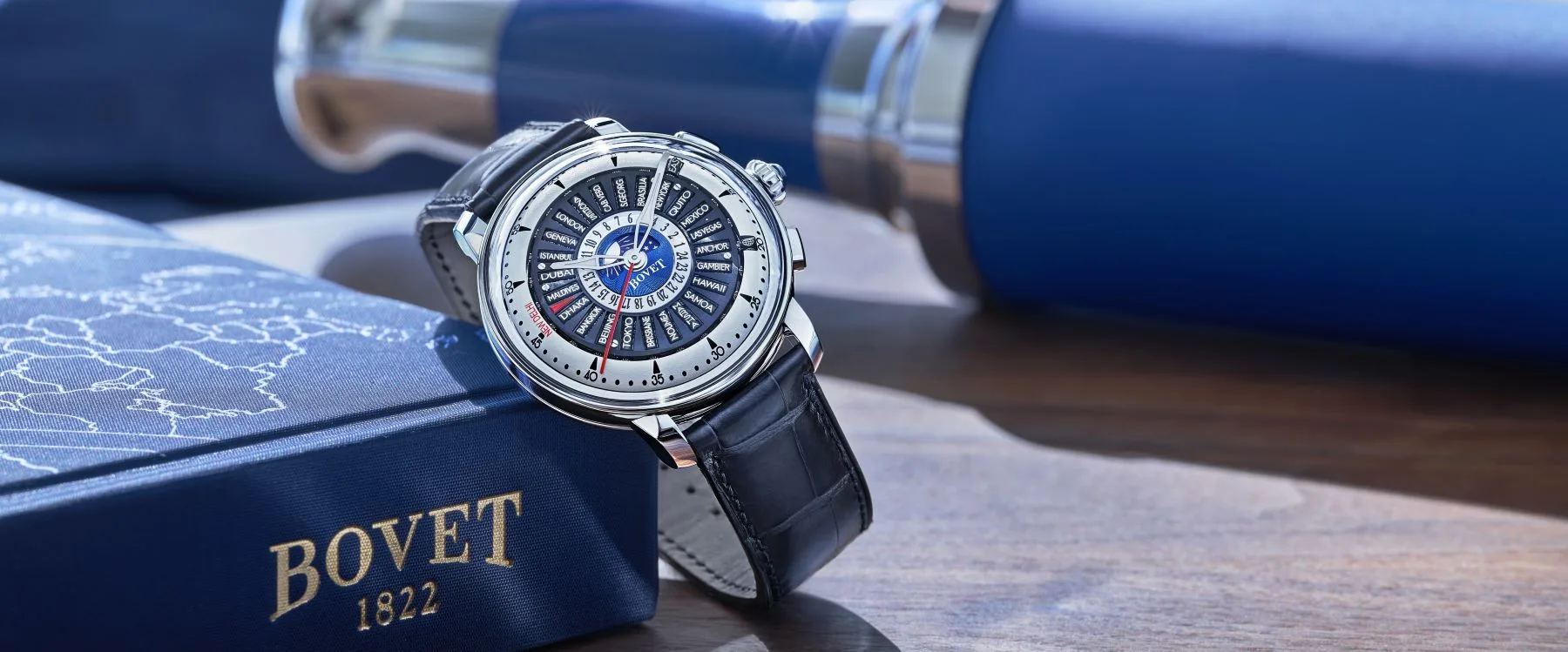Rolls-Royce Phantom Scintilla is a goddess car. Taking its name from the Latin word for ‘spark’, ten of them are being produced, evoking the grace of the Spirit of Ecstasy herself. This extended-wheelbase homage has been one of the company’s most challenging undertakings in terms of its craftsmanship, with its embroidered interior featuring 869,500 stitches.
The Spirit of Ecstasy figurine, which so famously rises over the radiator, has been rendered in ceramic. The mascot, first seen on a Rolls-Royce in 1910 and upon every one of its cars since 1911, was inspired by The Winged Victory of Samothrace, a serene sculpture of the Greek goddess Niké which today stands in the Louvre. For Claude Johnson, Rolls’ original managing director who was known as the hyphen in Rolls-Royce, this deity descending from the heavens was the flash of inspiration – the scintilla – when he commissioned sculptor and illustrator Charles Sykes to create the Spirit of Ecstasy.

The Spirit of Ecstasy figurine was originally inspired by The Wing Victory of Samothrace, a serene sculpture of the Greek goddess Niké. The one in Rolls-Royce Phantom Scintilla has been created in ceramic.
Sykes, in turn, took inspiration from a beauty that was mortal. His muse was Eleanor Thornton, Lord Montague of Beaulieu’s secretary. By day, she managed his office and that of Car Illustrated magazine. By night, she was an exotic dancer in London’s West End, and Montague’s mistress. She was also an actress and, for Sykes, a life model. The smitten Montague displayed her form on all his Rolls-Royces up until his death in 1929. He’d survived a sinking from a German submarine in the Mediterranean in December 1915, but she unfortunately did not. Their love was known only to their closest friends for more than a decade.
Rolls-Royce Phantom Scintilla is an origin story that weaves together art, heritage, high-society and powerful desire. The exterior is two-tone: The upper body is Andalusian White in a nod to the Parian marble from which the ancient Niké sculpture is hewn, the lower body Thracian Blue is inspired by the shade of sea that surrounds Samothrace. Both create a translucent lustre suited to the Spirit of Ecstasy’s ethereal character, amplified by subtle metallic flakes that mimic the sparkle of sunlight on water. Inside, painterly embroidered graphics, made with natural bamboo fibres, float through the cabin, from the seats to the coach doors and above on the unique starlight headliner, with 1,500 fibre optic stars creating an animation of the Spirit of Ecstasy’s flowing gown. The whole design is airy and gives a sense of weightlessness.


The embroidered motif on the doors is hes complemented by illuminated perforations. The seats are upholstered in a twill fabric with a subtle reflective sheen. The complex graphic design spans across the four doors. The starlight headliner features an animation inspired by the Spirit of Ecstasy’s flowing gown and made with 1,500 fibre-optic “stars”.
Those familiar with the Phantom will be familiar with the “onboard gallery”, a centrepiece facing the front passenger seat which can be specified bespoke. In this case, running the full width of the front fascia, seven ribbons milled from a single block of aluminium interplay and have been hand-polished to a mirrored sheen, lending a sense of movement and fluidity.

Running the full width of the front fascia, seven undulating ribbons milled from a single block of aluminium, hand-polished to a mirrored sheen, give a sense of movement and fluidity.
Inside the glovebox, one finds a note left by Claude Johnson – his original brief for the artist in 1910. “Speed with silence, the absence of vibration, the mysterious harnessing of great energy, and a beautiful living organism of superb grace.”
Author: Adam Hay-Nicholls

















Show Comments +